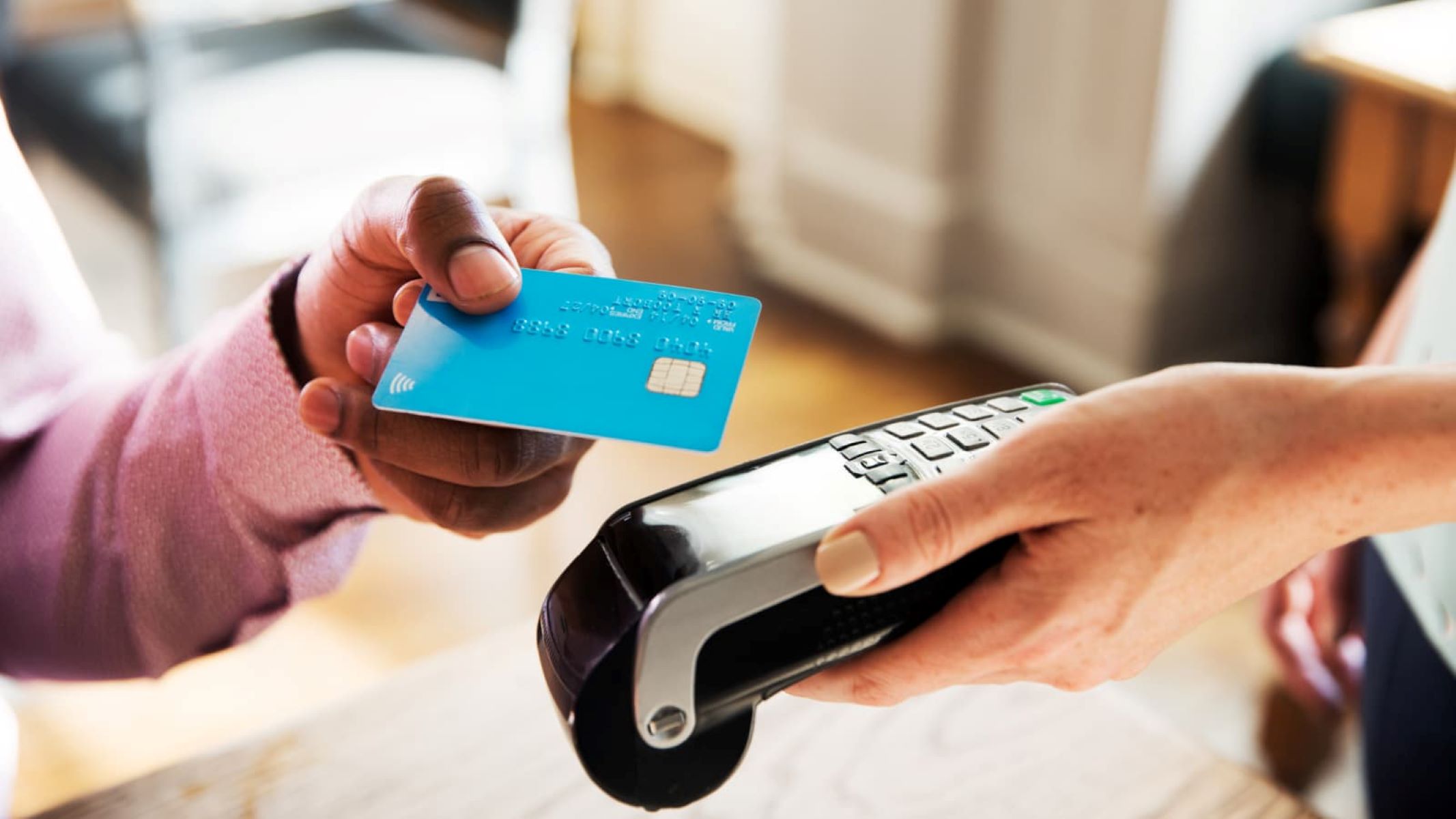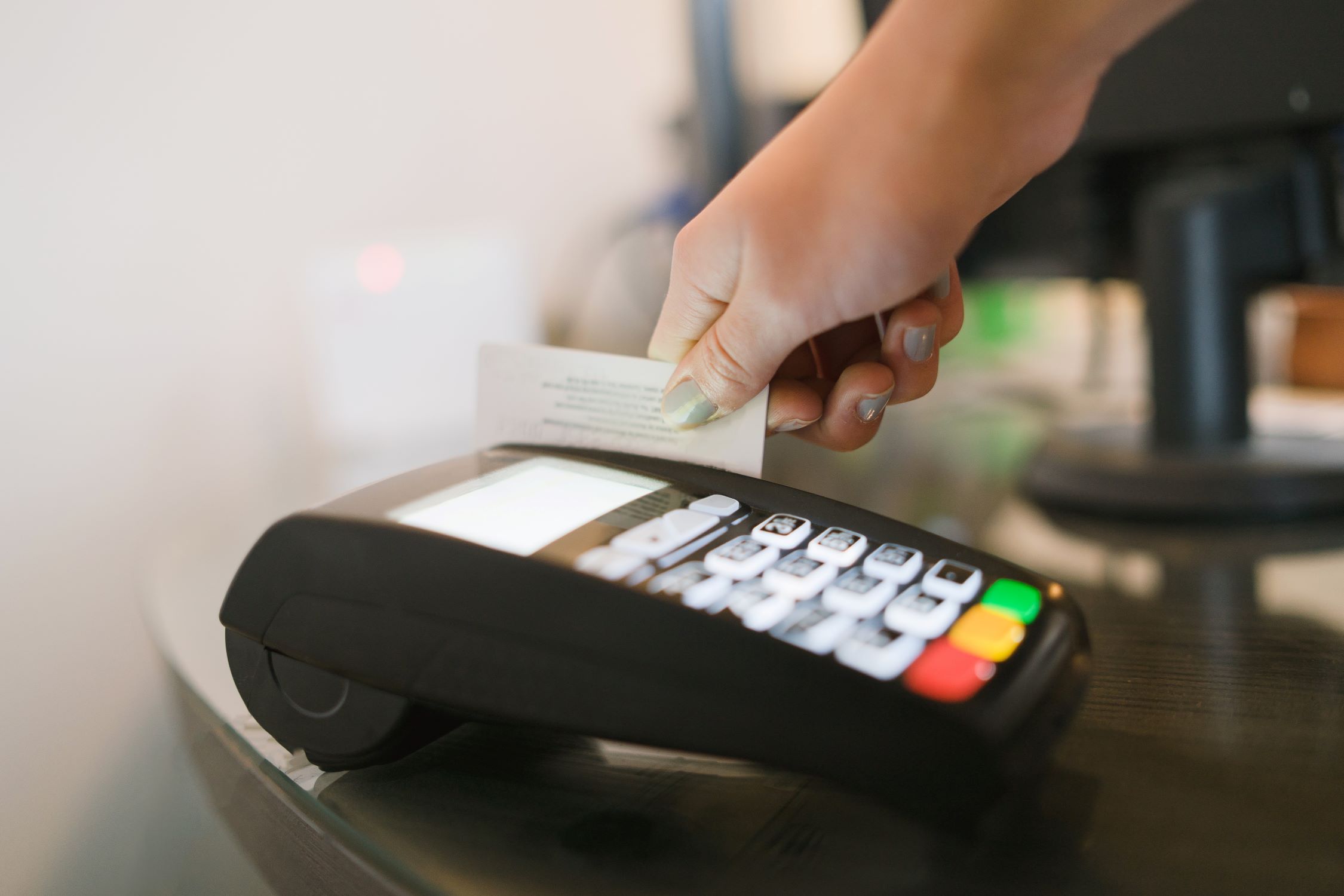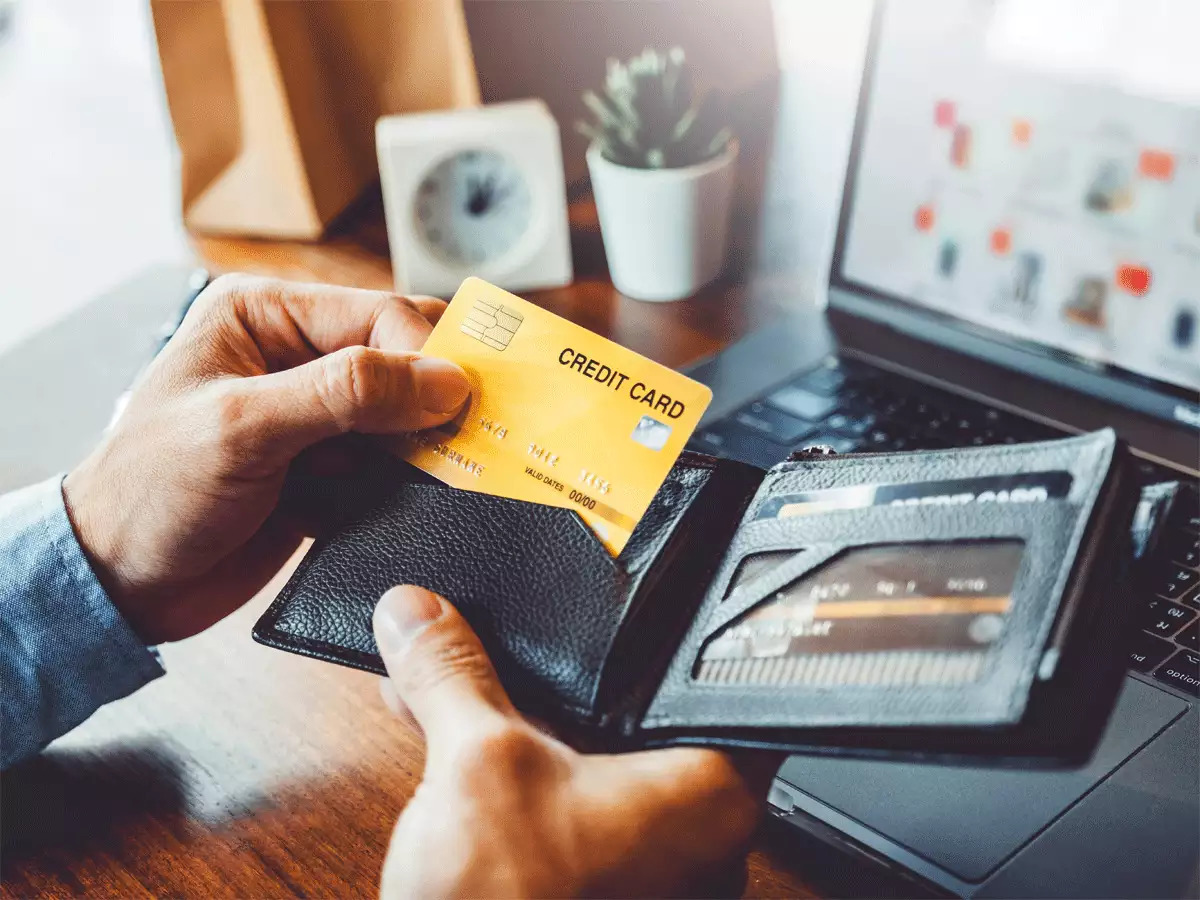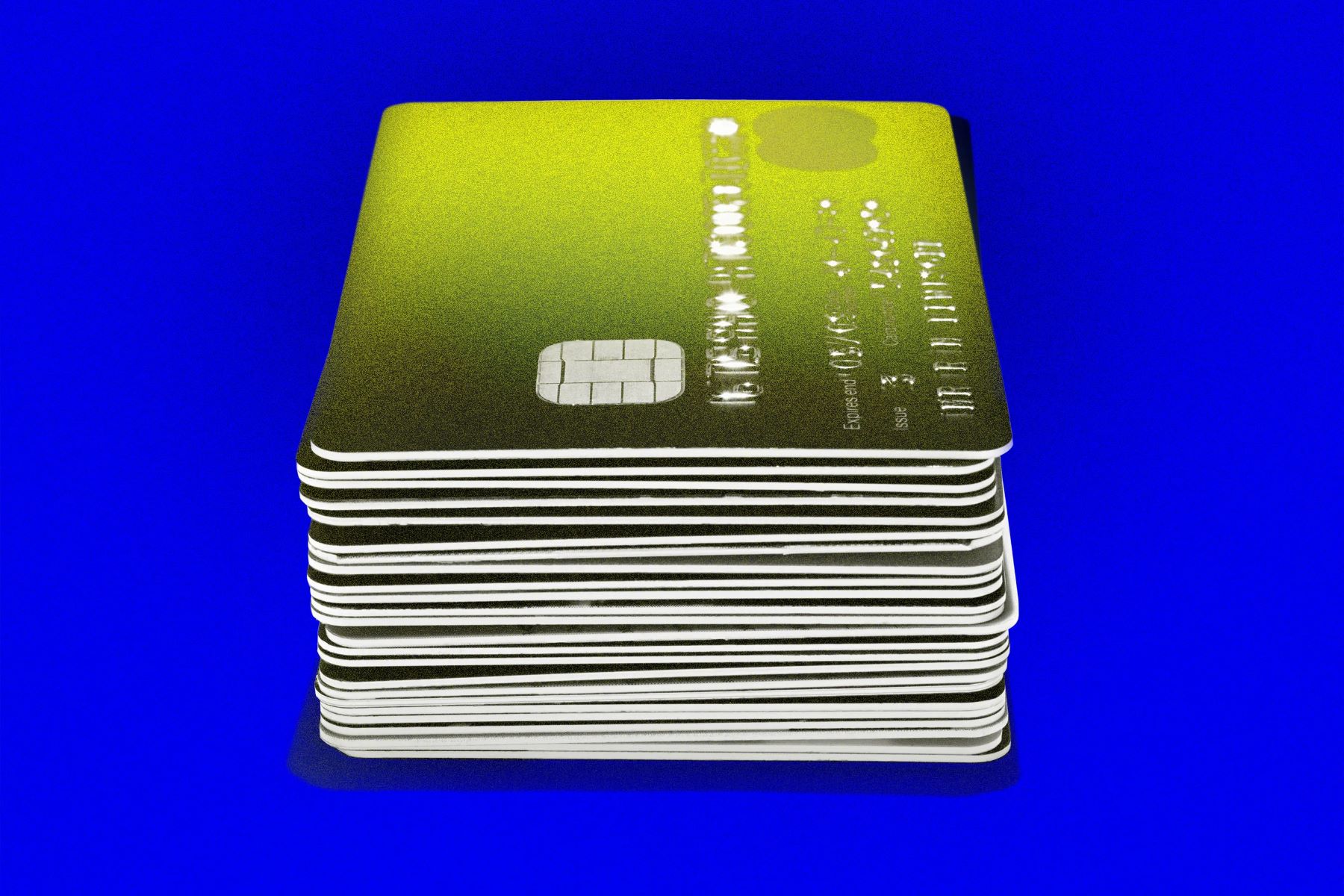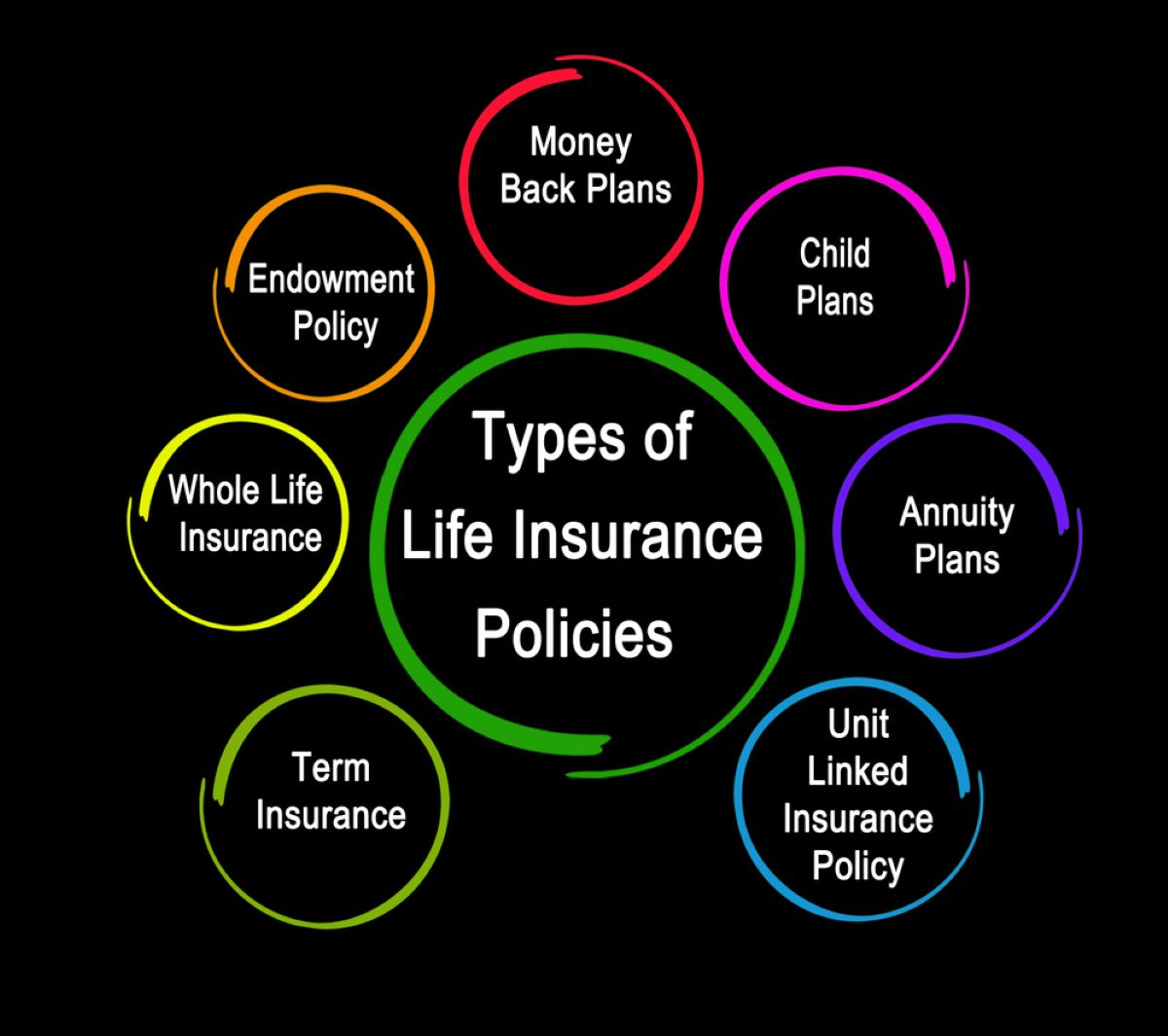Home>Finance>Credit Card Cloning: Definition And Ways To Protect Yourself


Finance
Credit Card Cloning: Definition And Ways To Protect Yourself
Published: November 5, 2023
Learn about credit card cloning, its definition, and ways to protect yourself in the finance industry. Safeguard your finances with these key tips.
(Many of the links in this article redirect to a specific reviewed product. Your purchase of these products through affiliate links helps to generate commission for LiveWell, at no extra cost. Learn more)
What is Credit Card Cloning?
Imagine waking up one day to find out that your bank account has been emptied and unauthorized charges have been made on your credit card. It’s a nightmare scenario that no one wants to experience. Unfortunately, credit card cloning is a real threat in today’s digital world.
Key Takeaways:
- Credit card cloning is the illegal act of duplicating someone’s credit card information to make unauthorized purchases.
- Protecting your credit card information is essential to prevent becoming a victim of credit card cloning.
Credit card cloning, also known as credit card skimming or card cloning, refers to the illegal act of duplicating someone’s credit card information without their knowledge or consent. This information is then used to create a new credit card with the same details, allowing criminals to make unauthorized purchases.
So, how does credit card cloning happen? There are several methods that criminals use to obtain your credit card information:
- Skimming: Criminals use electronic devices called skimmers to steal credit card data when you swipe your card at an ATM or a point-of-sale terminal. These devices are often discreetly attached to the legitimate card reader.
- Phishing: Fraudsters use deceptive emails, text messages, or websites to trick you into providing your credit card information. They may pose as a legitimate company and ask you to update your account details or enter your credit card information.
- Data Breaches: Hacking incidents can expose your credit card information if a website or a company’s database is compromised. Criminals can then sell this information on the dark web, where it can be used for credit card cloning.
Protecting Yourself from Credit Card Cloning:
While credit card cloning can be a serious threat, there are steps you can take to protect yourself:
- Check your statements regularly: Review your credit card statements and bank transactions frequently to identify any suspicious activity. If you notice any unauthorized charges, report them immediately to your bank.
- Secure your online transactions: When making online purchases, ensure that the website is secure. Look for the padlock symbol in the address bar and use secure payment methods, such as PayPal.
- Be cautious with your information: Never provide your credit card information through email or on unsecured websites. Only share your details if you are confident that you are dealing with a legitimate and trusted entity.
- Keep an eye on your cards: When using your credit card in public, be mindful of who is handling your card. Avoid using ATMs or card readers that look suspicious or tampered with.
- Monitor your credit reports: Regularly check your credit reports for any suspicious activity or accounts that you don’t recognize. This can help you catch any signs of credit card cloning before it escalates.
By taking these precautionary measures, you can reduce the risk of falling victim to credit card cloning. Stay vigilant and informed about the latest scams and fraud techniques to safeguard your financial information.
Remember, protecting your credit card information is not just about being cautious; it’s also about taking immediate action if you suspect any fraudulent activity. By staying proactive, you can mitigate the potential damage caused by credit card cloning.
